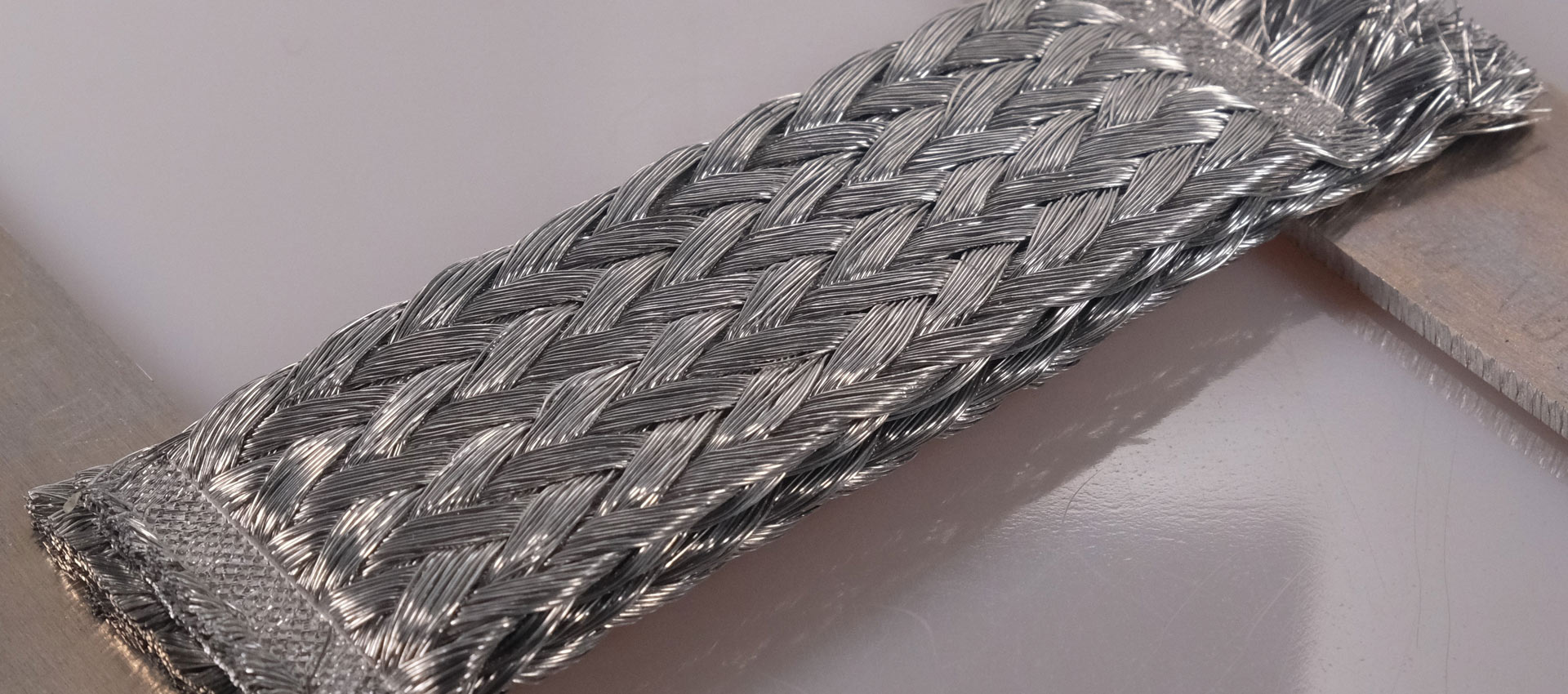

Ultrasonic technology can be used to join a wide range of different materials in a „cold“ process. This leads to extremely high mechanical strength and reliable joints with excellent electrical and thermal conductivity.
EUROMAT is your competent partner for new material concepts, process development, brazing and joining services. our experienced team supports and advises you during the planning phase, prototyping, quality assurance and right through to the manufacture of the final product.
EUROMAT used to specialise in the use of ultrasonic energy for soldering and metallising materials that are difficult to moisten, such as glass, ceramics or light metals. Due to increased inquiries about ultrasonic welding of metals, the company from Baesweiler near Aachen has decided to include this joining technology in its process development and joining service and to expand it.
Ultrasonic energy is already used for cleaning surfaces or welding plastics, for example. New areas of application are the material bonding of metals, light metals and non-ferrous metals. It is a very clean, safe, reliable, reproducible and environmentally friendly process. Copper, aluminium or stainless steels can be „cold“ bonded to and with each other without any liquid phases. Some current projects relate to the production of lithium- Foils, sheets, wires, nets, etc. can be joined together easily and reliably. Materials that can be joined include nickel, cobalt, aluminium, copper and stainless steel. Even coated materials can be welded too.
Examples of applications are electrical connections and contacts, foil cable welds and other connections in electronics, optics, sensor technology or the automotive industry.
The ultrasonic energy is applied to the surfaces to be joined from the outside via sonotrodes. The vibrations tear open oxide skins that form in the welding zone. Local frictional heat is generated and the materials to be joined react with each other and bond under pressure. Due to the overall low process heat, the microstructure is generally not adversely affected. Additives such as adhesives, fluxes and/or solders are not required and the process is thuse very environmentally friendly. The process works very quickly and requires far less energy than other thermal welding processes. For an optimal process design, a large number of welding parameters must be coordinated in advance. E.g. power, frequency, amplitude, pressure, dwell time, relief, sonotrode shape and geometry and the design of the welding zone. This means that even thin-walled or sensitive components can be welded selectively and with low vibration.
The ultrasonic welding process is suitable for manually creating samples as well as for partially or fully automated small and large series production. Process parameters are digitally recorded and can be read out.
EUROMAT can carry out process development and quality assurance tasks tailored to new material concepts, from creating samples up to mass-produced products.